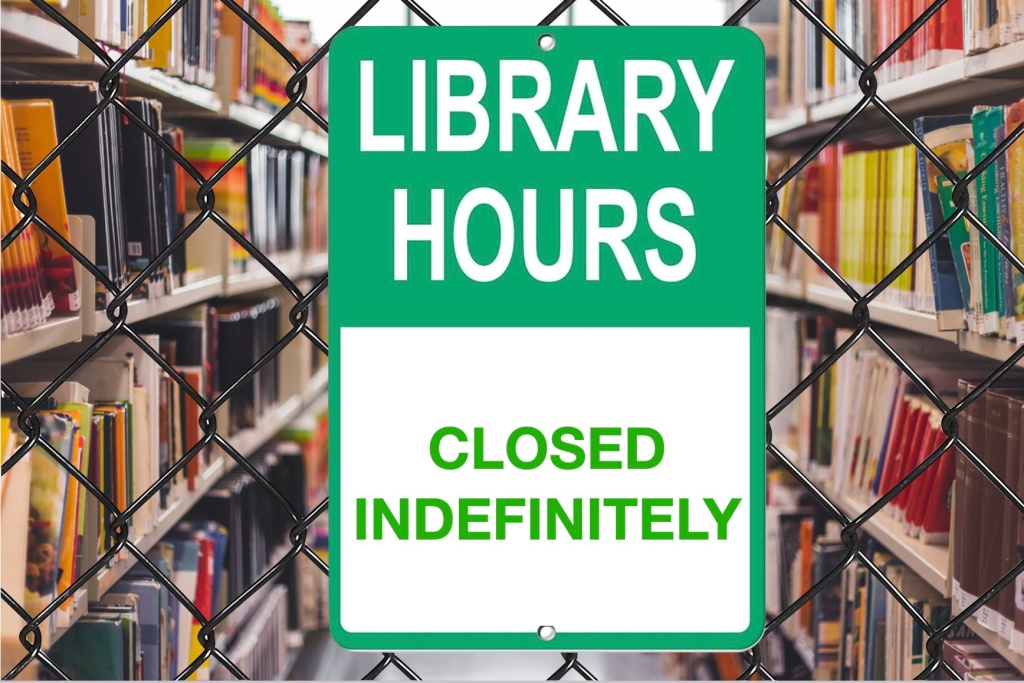
“Mr. Singer, do you know what foot finder is?”
“No,” I said to the 5th grade girl in the class where I was substitute teaching.
Her friends and her giggled through an explanation of the Website where people post pictures of their feet for sexual gratification.
***
Several days later, I tried to play a video on ancient Rome for my students, but before it even began the 8th grade class burst into laughter over the station identification.
The video was produced by the British Broadcasting Company. The BBC.
I looked at them in confusion until I heard some of them muttering about “Big Black Cock” – a class of porn video many of them had seen online identified with the same abbreviation.
***
Yesterday I overheard some of the girls in my 7th grade homeroom talking. One girl was saying how she really liked a certain boy but wasn’t sure if she was ready.
I smiled thinking about my first kiss. Then I heard her ask a friend, “Can you get pregnant from swallowing it?”
This is middle school, people.
Most of the kids here already know about sex. They know way more than I did at their age. But what they know is a jumble of images and details without the big picture.
And here come Republicans with a bunch of copycat laws to make sure public schools do nothing to dispel children’s ignorance.
In my home state of Pennsylvania, GOP lawmakers are taking action once again to hide any mention of S-E-X in schools throughout the Commonwealth.
They’re sending Senate Bill 7 to Harrisburg, another piece of legislation pumped out by the American Legislation Exchange Council (ALEC) following in the fundamentalist footsteps of fascist Florida.
The latest bit of dark ages lawmaking would require parent authorization before schools from Pittsburgh to Philadelphia could provide students with materials that contain anything that might be considered sexually explicit.
For kids in kindergarten through 8th grade, this even includes books with depictions of any kind of nudity.
God forbid they saw a wee wee or a va-jay-jay!
Fun fact: did you know that most public school students have genitals?
It’s true.
Many boys have access to a penis anytime they want – in their underwear.
Many girls have access to even naughtier bits.
And don’t even get me started on nipples! Under their shirts, the Devil’s raisins!
Thankfully the GOP legislation only prohibits depictions of these things in books. Kids are still allowed to look at their own bodies.
For now.
The bill passed the Senate in a 29-21 vote nearly along party lines, with only one Democrat supporting the proposal. It faces an uncertain future in the House where Democrats hold a one seat majority and would also require the signature of Democratic Governor Josh Shapiro before becoming law.
A similar measure was passed before Democrats took the House last year but was vetoed by the previous Democratic Governor Tom Wolf.
If the new bill became law, districts would need to go through all books in their libraries and classrooms and list any that contain potentially sexual material. These would be books used in classroom instruction or available in the library that would then require parents to sign an opt-in form to grant permission for their children to access the books.
The bill defines sexually explicit as showing “acts of masturbation, sexual intercourse, sexual bestiality or physical contact with a person’s clothed or unclothed genitals, pubic area, buttocks, or, if the person is a female, breast.”
It is beyond ridiculous.
Not only is it closing the stable door after the horse has bolted, but it’s a transparent attempt to quash any discussion of LGBTQ issues.
What better way to discourage certain lifestyles than to legislate them out of existence?
Schools can provide a safe place to discuss issues kids may be uncomfortable talking about with other adults. Books provide a safe way to mentally grapple with concepts and ideas of the adult world.
For example, in my 7th grade classes, we read “Silent to the Bone” by E.L. Konigsburg. The book is about a middle school age boy who has gone mute after a questionable interaction with an adult.
There’s nothing very graphic in the text, but among other issues it does discuss physical attraction, sexual coercion and an erection.
The book was approved by the school board and has helped foster many productive – if uncomfortable – conversations that help kids put their thoughts on these matters into words.
In my daughter’s school, in 9th grade she read “Speak” by Laurie Halse Anderson. The book is about a high school girl dealing with being raped and the stigma of trying to talk about it.
The text does a marvelous job of getting into the point of view of the girl and the trauma she endures while still being humorous, touching and empowering.
Narratives like these are absolutely vital. They allow kids to relate to issues many of them have not directly experienced (but some have) and find a common language to discuss it. When we censor sex and sexuality and paint all of it as something dirty that can’t be talked about seriously, we do our children a major disservice.
Conservatives complain that talking about these things grooms kids for greater sexual activity, but that’s nonsense. Kids grow into adults many of whom become sexually active. That’s positive and healthy. Meeting that in the safe places of the classroom and books helps kids prepare for adulthood without becoming victimized.
But nothing grooms a victim more than the prohibition against talking about trauma.
Finally, let’s consider the amount of ridiculous extra work this bill demands of schools and teachers. You really expect every educator with a classroom library to go through every book in it looking for anything that someone might consider sexually explicit!? Some people might think a book about a kid with two daddies is sexually explicit. You want teachers to become your perverted morality police!? Please!
I dearly hope this bill has little chance of passing.
It’s just another example of the Republican culture war against reality.
It’s a way of insinuating that public schools are doing things they aren’t.
No school is indoctrinating kids to be sexually active. But kids are coming into contact with sexually explicit material – usually on the Internet – and they have few tools to deal with it.
Taking away public schools’ power to combat this ignorance is the worst way we could respond.
Like this post? You might want to consider becoming a Patreon subscriber. This helps me continue to keep the blog going and get on with this difficult and challenging work.
Plus you get subscriber only extras!
Just CLICK HERE.

I’ve also written a book, “Gadfly on the Wall: A Public School Teacher Speaks Out on Racism and Reform,” now available from Garn Press. Ten percent of the proceeds go to the Badass Teachers Association. Check it out!













